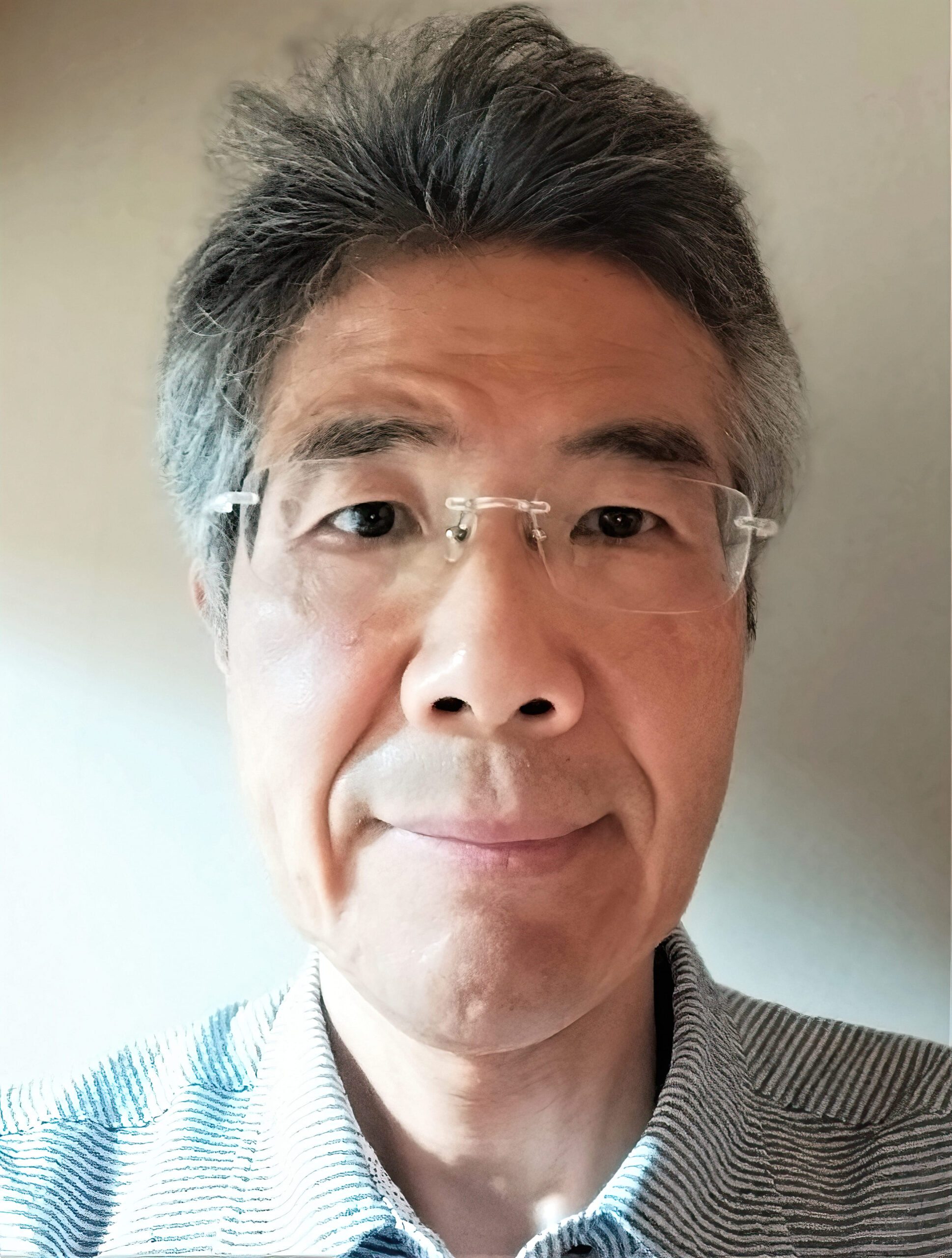Column
ColumnJapanese News from Denmark
Theme of this group exhibition “STUFF” in Denmark is to create works mainly using wastes and disused items collected locally, and to give them new meanings and functions as works of art. Rather than simply arranging the works individually produced by the participating artists in the exhibition hall, the production process was that the four artists worked together to create the art pieces gradually in public, in the space that would be the venue. It was a valuable experience that cannot be easily experienced in Japan, and there was a sense of unity in creating the space together: Steen’s work using a chair, Nina’s work using a boat, Sebastian’s drawing work…works of the three artists were all very stimulating and I was inspired by them. Ideas were born, and my own work developed one after another like never before. And that was exactly what I was aiming for. I visited Denmark without thinking about the work plan in advance before leaving Japan.

For me, participating in this group exhibition was not just a place to present my work, but also an important opportunity for cultural exchange with artists and local residents from different cultural spheres. I used Japanese materials that I brought from my home so that I could combine them with materials I collected in Denmark to create the work. In addition to materials, I used the Japanese character “Kanji” in the joint production with Sebastian: The characters that came to my mind were “New style”, “Wave”’, “Light”’, “Parent”’, “Friend”, “Unite”, “Connect”, “Cheers”, “Longevity”, “Encounter”, “Movement”, “Time”, “Going” and “Coming”. I realized that these were thoughts and images I had in the venue. These words were mixed as elements of each work, became various stories, and swell inspirations of each work. For example, in Nina’s work using a boat, incorporating elements of words such as “wave”, “grow” and “coming” with the boat played a big role in expanding the story of the work.
Sometimes I couldn’t find materials that I would like to use for my work. There were days when I rode my bicycle along the coast collecting trees, and wandered aimlessly around vacant lots and ruins. I was thankful that people in town provided me with their unnecessary items (boats, newspapers, etc.) and information. It was very interesting, at the same time an enjoyable time, to find various attractive materials at the nearby waste disposal site.
In Denmark, the recycling of PET bottles, cans, glass bottles, etc. so advanced that it is difficult to obtain them as waste. Therefore, this time, I used a lot of newspapers provided by people in the town as the main material for my work.
Repeatedly folding a huge amount of newspaper one by one and tying them together, my work got bigger and expanded the connections. It was a work that expressed my gratitude for being able to connect with my ancestors, my parents, and myself in the distant past, and that I am now able to expand my connections with many people in a distant foreign land.

I mainly use used PET bottles as materials in my work in Japan. When recycling of the PET bottles in Japan further advances as much as in Denmark, someday PET bottles will no longer be positioned as a waste. As long as human exists in this world, what is called “garbage” will not disappear; however, when such a day comes, I will create works with new materials replacing PET bottles. At that time, I believe that my experience at this exhibition will be helpful.
This experimental exhibition, in which I create works with waste and disused items, and put them into the recycling cycle as waste when the exhibition was over, was a very impressive experience for me. The use of locally collected scrap materials in a work was not simply an artist turning waste material into a work of art: The purpose is not to sell art works made from waste materials as expensive objects in the market, but to make them “art works” for a certain period of time in the cycle of recycling the earth’s resources.
This kind of truly experimental and challenging exhibition is not meant to be a one-time event. It is meaningful to continue as a continued activity. By doing so I believe that we can create a new valuable movement in our days of confusion.








